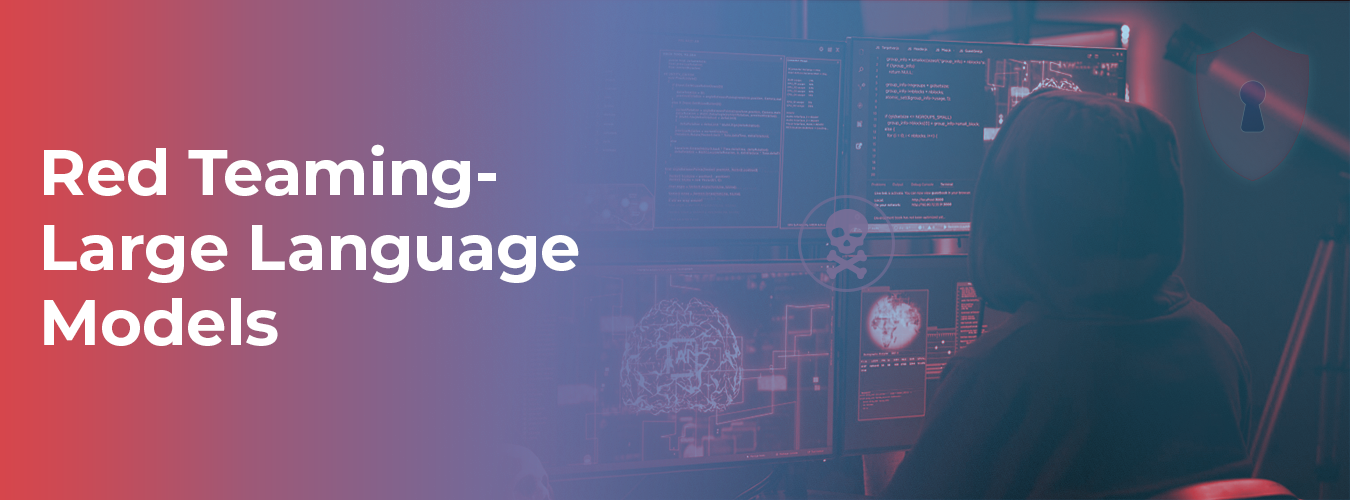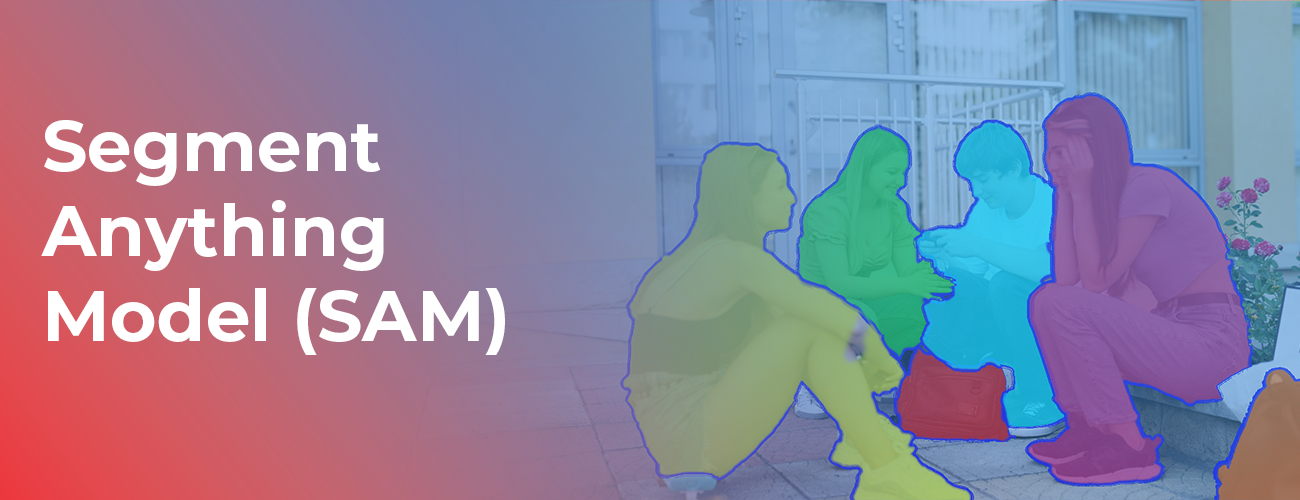In today’s fast paced technological world, there is one innovation that stands out completely: license plate detection. This technology is used daily, in toll booths, parking lots and more. Today we shall understand, what exactly it is and how it works?
What is license plate detection technology?
License plate detection is a system that identifies and reads the vehicle’s license plates by either using video streams or images. It also uses a mix of pattern recognition, image processing and OCR, also known as optical character recognition to convert images of license plates into readable characters.
This practical solution comes with numerous advantages as it greatly enhances security measures, facilitates efficient traffic management and even enables data– driven decision making.
This amazing technology came about because different fields like computer vision, image processing, and OCR all came together. Back in the 1980s, when these areas were getting better and better, scientists and engineers started thinking about ways to make recognizing license plates easier. At first, they mainly focused on helping law enforcement catch bad guys by tracking stolen cars and spotting traffic violations.
But as time went on and technology got more advanced, people found lots of other ways to use license plate detection. Now, it’s not just about catching crooks; it helps with things like paying tolls, managing parking lots, and even keeping track of deliveries in stores.
Making these systems involves using fancy computer programs called algorithms. These algorithms look at pictures or videos to find license plates. They use clever tricks to figure out what the license plate looks like, like how the letters and numbers are arranged and what’s around them. Once they find a plate, they use another set of tricks called OCR to turn the letters and numbers into something the computer can read and understand.
As time has passed, the stuff that makes license plate detection work has gotten better too. Cameras have gotten clearer, and computers have gotten faster. Plus, we’ve started using smart techniques from things like machine learning and artificial intelligence to help these systems learn and get even better at their jobs. So now, they can handle all kinds of situations and do their job even better than before.
Key features of license plate detection technology:

Here are some of the key features of this marvelous technology:
- Accuracy: Modern systems boast impressive accuracy, even in challenging conditions.
- Real-time Processing: Many systems offer real-time processing for swift identification.
- Integration: These systems integrate well with other security or management systems.
- Customization: Users can customize parameters to fit specific needs.
What are the advantages of license plate detection technology?
- Enhanced Security: It helps in identifying vehicles of interest, enhancing security.
- Efficient Traffic Management: Automation streamlines tasks like toll collection, reducing congestion.
- Crime Prevention: Used by law enforcement to track stolen vehicles and monitor traffic violations.
- Data Analysis: Data collected aids in understanding traffic patterns for urban planning.
Let’s look at some of the applications of the license plate detection technology:

- Automated Toll Collection: Speeds up toll collection process, reducing congestion.
- Parking Management: Manages parking facilities efficiently.
- Law Enforcement: Used to identify stolen vehicles and enforce parking regulations.
- Border Control: Helps in screening vehicles at borders for security purposes.
- Retail and Logistics: Assists in managing vehicle fleets and tracking deliveries.
Future Outlook:
With advancements in machine learning and AI, the future of license plate detection looks promising. Integration with technologies like blockchain and IoT (Internet of Things) could open up new possibilities.
These technologies make the systems even smarter by allowing them to learn from their experiences and improve over time. Just imagine how these innovations could revolutionize things like security and traffic management!
License plate detection has evolved into a versatile tool with various applications. Its role in enhancing security, improving traffic management, and aiding data-driven decision-making makes it invaluable. As technology progresses, it will continue to shape our transportation infrastructure and urban landscapes.
Get started with Macgence:
Ready to explore license plate detection with Macgence? Whether you’re enhancing security, optimizing traffic management, or streamlining parking, Macgence has your back every step of the way.
Need help with license plate detection? Macgence is here for you. We can assist with revisiting the consent button by offering content moderation and validation services to boost your model’s accuracy. With our crowd-as-a-service offering, you’ll get expert assistance tailored to your specific needs. From data annotation to model validation and localization, Macgence provides customized solutions to elevate your AI projects. Let’s work together to achieve impactful results.
FAQs
Ans: – License plate detection works like a super-smart system that spots and reads vehicle license plates. It does this by analyzing video streams or images. Imagine it as a blend of recognizing patterns, processing images, and turning those license plate pictures into readable text using something called optical character recognition (OCR).
Enhanced Security: It helps in identifying vehicles of interest, enhancing security.
Efficient Traffic Management: Automation streamlines tasks like toll collection, reducing congestion.
Crime Prevention: Used by law enforcement to track stolen vehicles and monitor traffic violations.
Data Analysis: Collected data aids in understanding traffic patterns for urban planning.
Ans: – Macgence specializes in providing top-notch AI training data, including annotated images and videos, tailored to your needs. With custom data sourcing services, Macgence ensures accuracy and compliance with strict standards. Whether you’re enhancing security, optimizing traffic management, or streamlining parking, Macgence offers solutions to support your AI projects. Additionally, Macgence provides content moderation and validation services to boost model accuracy, along with crowd-as-a-service offerings for expert assistance. Let’s collaborate to achieve impactful results with license plate detection.




